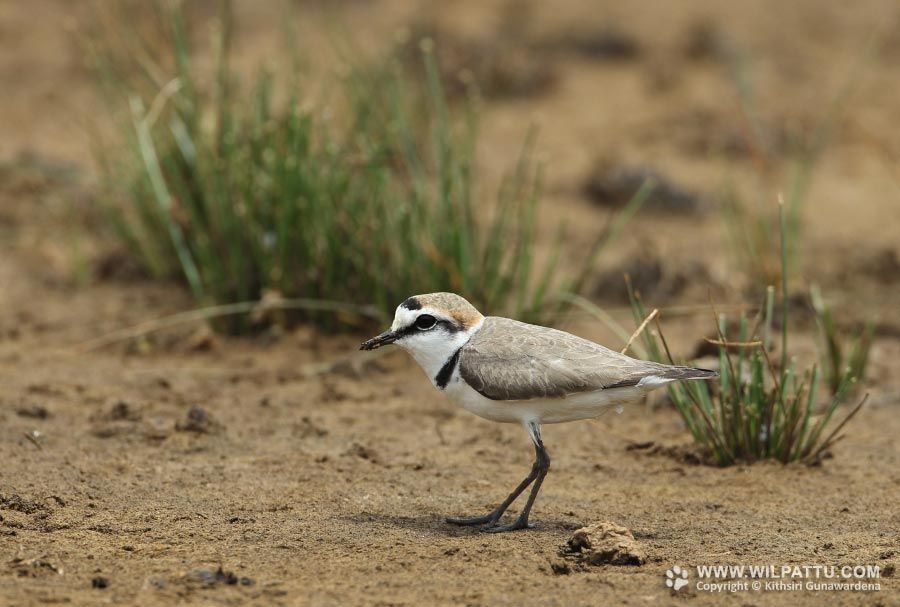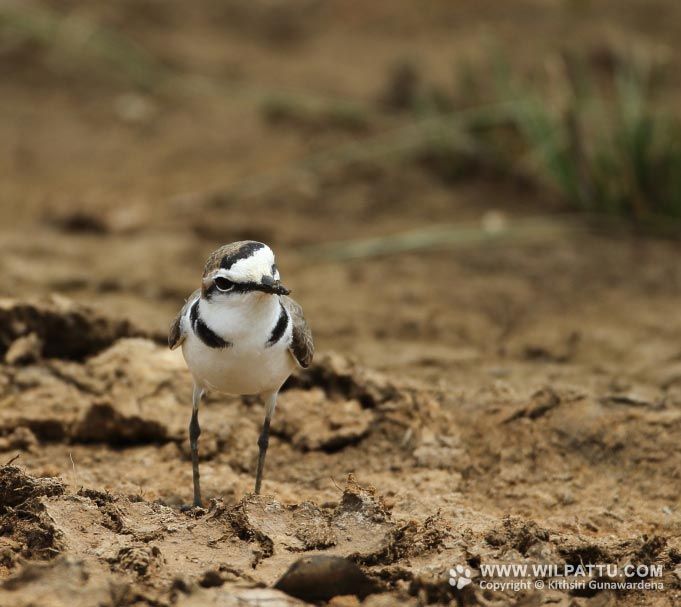
Birds ‹‹ Go Back
Three subspecies of this dainty little bird have been recognized. C.a. alexandrines breeds in Europe, Atlantic Islands, North Africa to North-eastern China. C.a. dealbatus breeds in southern Japan and South-eastern China. C.a.seebohmi breeds in Sri Lanka with a small population in southern India.
The birds of the migratory subspecies C.a. alexandrines can be found in suitable habitat throughout the dry lowlands during the winter season. The resident subspecies C.a.seebohmi is a common breeding resident in the dry lowlands of the country. The identification of the resident race from the migrant race is quite a challenge. The most prominent field characteristic that separates them apart is the lack of black in the lore area (between the eye and the bill base) of the local race seebhomi. The lores of most birds that I have observed had black close to the eye but diffused in to white close to the bill base. The crown of the local race is brown with only rufous tinge. The females of both races lack the black lores black forehead band.
The conservation status of the species under reference is regarded as Vulnerable (National Red List 2012).
This is a species protected under the Fauna and Flora Protection Ordinance as amended by Act No. 22 of 2009.
These active birds are usually seen in pairs or small groups of 4-8 birds. Unlike the resident race seebomi the migrants can be found both in the dry and wet lowlands of the country. They are always found not far from a water body. I have observed them at many locations in the dry zone from Chilaw in the west coast up to Jaffna Peninsula and all the way down to Tangall in the south. I have also seen them in the islands off Devils Point such as Kakarathivu and the islands off Jaffna including the Delft Island and Analathivu Island.
In Wilpattu I have observed this species at Kokkare Villu and Kudiramale point.


